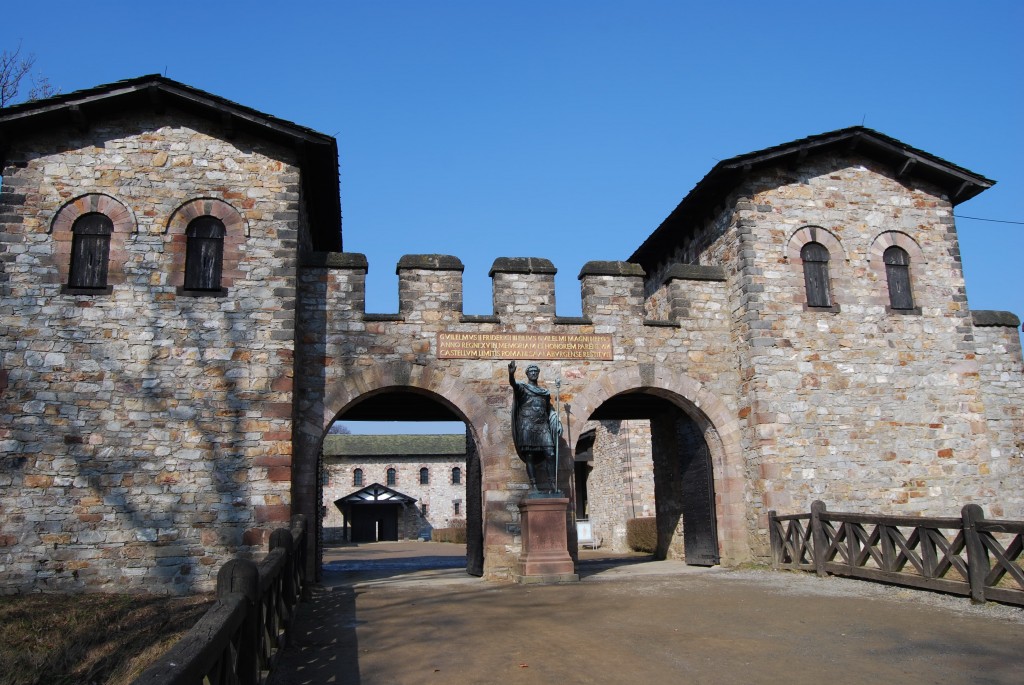The roman fort of Saalaburg (Photo made by Sz. Pánczél)
In 1987, Hadrian’s Wall (UK) was declared a World Heritage Site. In 2005 it was joined by the Upper German-Raetian Limes and, at the meeting of the World Heritage Committee in that year, a new World Heritage Site was created, the ‘Frontiers of the Roman Empire’ (FRE). This is a phased, serial trans-national World Heritage Site. The long-term aim is to bring within it all appropriately preserved elements of the frontiers of the Roman Empire in Europe, the Middle East and North Africa.
Following the ascription of Hadrian´s Wall and the German-Raetian Limes as part of the ‘Frontiers of the Roman Empire World Heritage Site’ the Antonine Wall in Scotland, the most northerly and one of the most developed frontiers of the empire, was the next extension of the Site in July 2008, while Austria, Hungary, Slovakia and Croatia have all stated their intention to nominate their section of the Roman frontier as part of the World Heritage Site. Roman forts in Syria and Jordan are already on the Tentative Lists for these countries, and it is therefore not difficult to envisage a trans-national World Heritage Site encompassing frontier installations in Asia and Africa.
The co-ordinators of those countries which have already declared their intention to nominate their stretches of the Roman frontier as a World Heritage Site have formed themselves into a group, named the Bratislava Group after the location of their first meeting in March 2003. It contains delegates from Austria, Croatia, Germany, Hungary, Slovakia and the UK. The Bratislava Group acts as an adviser on archaeological and scientific aspects of the frontier. It has proposed the following definition for the Frontiers of the Roman Empire World Heritage Site:
„The Frontiers of the Roman Empire World Heritage Site should consist of the line(s) of the frontier at the height of the empire from Trajan to Septimius Severus (about AD 100 to 200), and military installations of different periods which are on that line. The installations include fortresses, forts, towers, the limes road, artificial barriers and immediately associated civil structures.” This definition excludes outpost and hinterland forts.
All the frontier sections so far nominated and accepted as part of the multinational ‘Frontiers of the Roman Empire World Heritage Site’ are artificial frontiers, which are defined by military installations linked by an artificial barrier. But in most countries in Europe however, the frontier followed natural boundaries like rivers such as the Rhine and the Danube.
In autumn 2007 the Ministries of Culture in Slovakia and Hungary made final decisions to nominate their sections of the Danube Limes for World Heritage status. The Danube Limes Project, which was led by the Hungarian monument preservation authority, concentrates on the protection and development of the Danube Limes sections in Hungary and Slovakia by nominating it for World Heritage status. (Text by David J. Breeze – Sonja Jilek )





